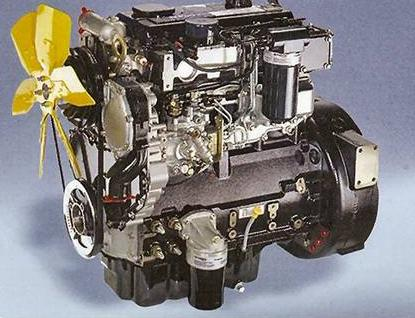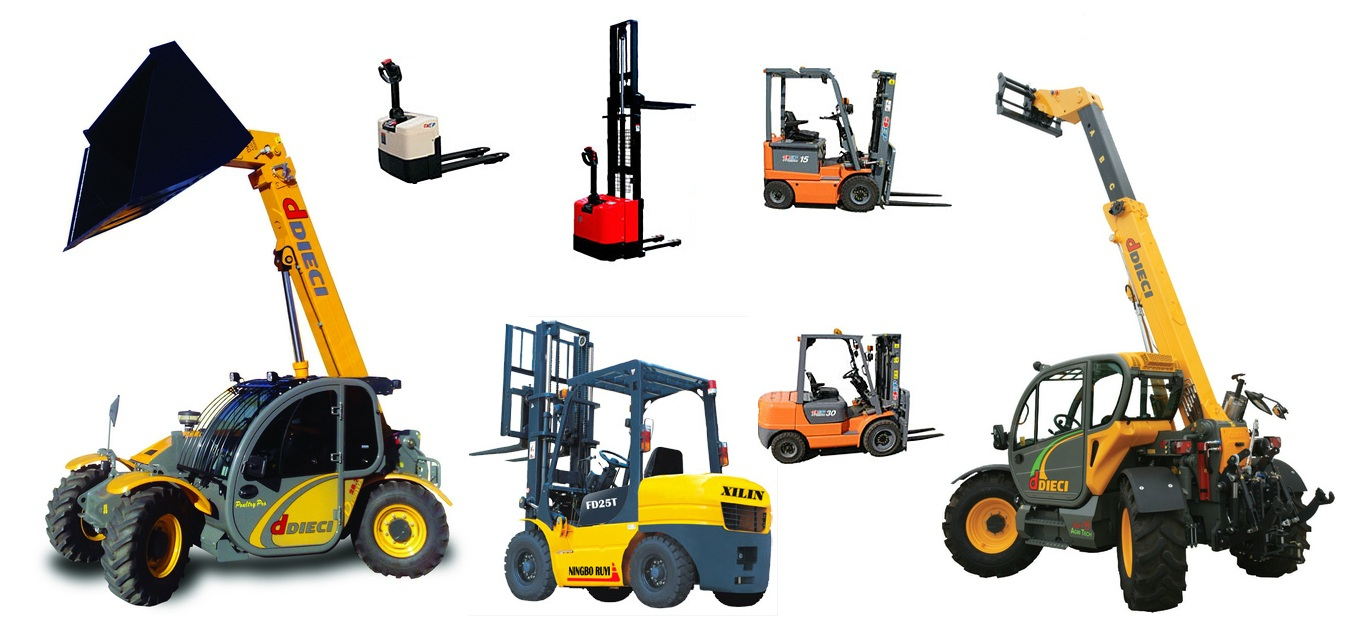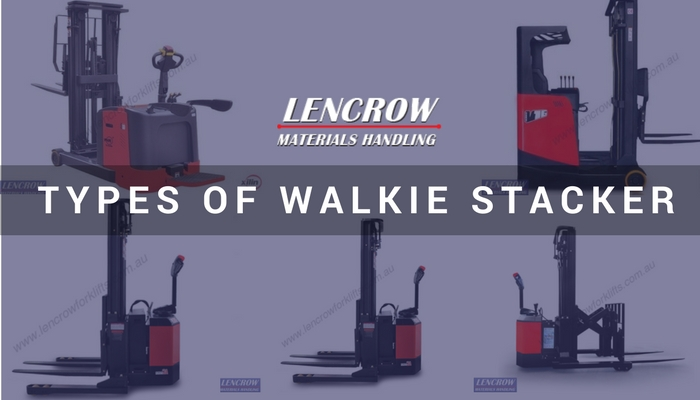
Forklift Fuel Types: Electric, Petrol, LPG, Diesel
Understanding Forklift Fuel Types: Electric, Petrol, LPG, Diesel
Why are there so many fuel options for forklifts?
Forklift’s feature a variety of different options; fuel type, capacity, lift height, mast options and the list goes on. The important thing to remember when you are in the market to purchase a forklift – there are experienced consultants who can help you make the best decision based on your business’ materials handling needs.
This guide will outline the different fuel types available, the purposes for each and their advantages for different applications. Understanding these fundamentals will assist in finding the right forklift for your business and materials handling needs.
Forklift Battery
Electric powered forklifts are most commonly used for indoor materials handling and ideal for flat, concrete surfaces. The biggest advantage of a battery electric forklift is that it doesn’t burn fossil fuels that create harmful emissions. They are cost effective to run and don’t create noise pollution that can be harmful to operators and others in the immediate workplace.
New technologies being used by manufacturers today has improved in leaps and bound in the last few decades. Forklift batteries use deep cycle charge to suit longer hours of operation, typically covering an 8-9 hour shift. The outright cost for electric materials handling equipment can seem more expensive in comparison to other fuel options. However, it is important to note that the long term costs to maintain and charge a forklift make it the most cost effective fuel option.
Dual Fuel Engine Bay
LPG & Petrol powered forklifts, also known as internal combustion forklifts, are better suited to heavier handling and in outdoor areas. Current models utilise technology that is more fuel efficient than in ever before. LPG & Petrol powered units have lower emission rates than forklifts with diesel engines and produce less carbon monoxide. Internal combustion forklifts can be operated for long periods and can be conveniently refuelled when required unlike an electric that requires a charge cycle between uses.
LPG & Petrol powered forklifts are often available with dual fuel capabilities, which gives owners the option to use each fuel type in their forklift. LPG is the most common fuel option used because it can be easily sourced and quickly replaced. Gas cylinders are interchangeable and can be delivered to workplaces on a regular basis. If you don’t have access to onsite refuelling stations LPG may be the best fuel option for you. If you do purchase a forklift with dual fuel capabilities please ensure to inspect & service both fuel delivery systems with every service to maintain the engine and your forklifts performance.
Forklift Diesel Engine
The major advantage using diesel engines in materials handling is they generate more power. Diesel engines are used in larger forklifts and are most suited in outdoor, rough terrain and large handling applications. The long term costs involved in running diesel forklifts includes fuel and maintenance. Forklifts with diesel engines meet a comprehensive range of industrial applications with heavy handling requirements.
LPG, Petrol & Diesel
Forklifts that use fossil fuels can be used for indoor and container entry handling applications. It is recommended that if you use this type of forklift indoors the area is well ventilated. Ensure that operators and peers onsite are issued with the correct personal protection equipment that minimise risks associated with inhaling hazardous emissions and industrial noise that can affect hearing.
Regular forklifts servicing and daily inspections of fluid levels help reduce the ongoing maintenance costs of owning a forklift. Servicing as per manufacturers specification prevents damage to major components and improves the performance of your forklift over it’s lifetime.
Summary
Fuel options in forklifts offer industries a range of options to meet different materials handling applications & convenience for owners. Reputable forklift suppliers will assess your business’ handling and provide tailored solutions specific to your operational needs and application requirements.
Forklifts today are designed to meet a range of industrial & handling applications including cold storage, flame-proof, confined spaces, warehousing to name a few. There is a world of product possibilities and they can be fitted with features specific to your business’.
For fuss free forklift information specific to your business contact an experienced materials handling consultant who can guide you through your options to find a product solution.

Different Types of Forklift and Their Common Use
To lift and move materials for small distances, a forklift is used, which is a powered industrial truck. A forklift is also known as a lift truck, a forklift truck or a fork truck. Let’s understand about the different types of forklifts and their common use.
Types of Forklift
The major forklift trucks are diesel powered forklift, LPG/petrol powered forklift and electric powered forklift. Let’s take a look at all types of forklifts and their use in brief.
Use of Diesel Powered Forklift
Use of LPG/Petrol Powered Forklift
Use of Electric Powered Forklift
Use of Pallet Jacks
Use of Tow Tractors
Use of Stackers
Use of Reach Trucks
Use of Order Pickers
Use of Manual Handling Equipment
Use of Rough Terrain Forklifts
Use of Container Handler Fork Trucks
Use of Telehandler

Walkie Stacker Types, Application & Advantages
A walkie stacker is also known as a pedestrian walk-behind stacker. It is a walk behind pallet truck with an attached mast for lifting pallets to heights. Walkie stackers come in diverse types for varied applications. So, let’s understand the different types of walkie stackers and their applications.
Walkie stackers are available in two main versions and they are manual and electric-powered. Where forklifts are not required, walkie stackers can be used for transporting and lifting pallets – for instance, in small warehouses, storerooms and in specialised warehousing sections. Walkie stackers are ideal for small capacity items that are transported around a warehouse for less than five hours each day. It is recommended that they should be used only on concreted flat floors and as they have small wheels, they are more suitable for indoor use; however, they can be ordered from the factory with special requirements like bigger wheels.
Types Of Walkie Stacker & Their Use :
The major distinctive feature between different walkie stackers is how they distribute their load with either straddle legs, counter balance weight or front legs.
1. Standard Walkie Stacker
Standard walkie stackers make use of legs that sit below the forks to assign load weight. This also facilitates them to lift and manage two pallets at the same time, which makes them perfect for applications that need both stacking of pallets and transportation. As compared to the other types of walkie stackers, standard walkie stacker provides the smallest turning circle. However, standard walkie stackers are able to lift only bottomless pallets or bottomless containers – this is because their legs sit below the forks. They are specifically made for mid-level racking applications and their minimum lifting heights commence from 1,845mm.
2. Ride on Walkie Stacker
Ride on walkie stackers is identical to standard walkie stackers in design; however, they have a platform and special controls to facilitate operators to ride on the walkie stacker. To operate a ride on walkie stackers, the driver needs a forklift license whereas walk behind units does not need any license. Minimum lifting heights commence from 2000mm and can extend up to 6110mm. To get more information regarding this type, you may also refer #1 (above) Standard walkie stackers.
3. Walkie Straddle Stacker
Walkie straddle stackers are the most popular type of walkie stacker to be seen here, in Australia. To allocate load weight, they make use of straddle legs. The legs facilitate walkie stackers to straddle a pallet so that the stacker can go up nearer to a pallet without needing much space. They are usually used for low to mid-level chosen racking applications like customer zone racking areas, small warehouses and storerooms. When floor stacking is employed, the straddle legs also facilitate closer pallet stacking. Racking should be set up in a way that can facilitate the straddled legs to steer around or below the racking bottom beam supports. Minimum lifting heights commence from 3300mm and can extend up to 5000mm.
4. Walkie Reach Stacker
After walkie straddle stackers, walkie reach stackers are widely used here, in Australia. They have an identical design that matches to straddle stacker; however, they are equipped with a pantographic scissor mast. That means the mast is able to manoeuvre loads forward, away from the stacker’s body. They are most frequently used in applications such as loading trucks, utility vehicles and trailers. Just like straddle stackers, they can also be used for general mid-level racking applications. Minimum lifting heights commence from 2000mm and can extend up to 6460mm.
5. Counter Balance Walkie Stacker
Counter balance walkie stackers use counter balance weight to allocate loads. This facilitates them to operate in narrow aisles than the more widely used straddle stacker as they do not have straddling legs outside of the unit’s body. Different from standard walkie stackers (with front legs) counter balance walkie stackers can lift standard pallets. Due to the counter balance weight, counter balance walkie stackers have the longest total length, which necessitates a bigger turning circle when compared to other types of stackers. The counter-balance walkie stacker has a different type of lifting mast and their minimum lifting heights commence from 2000mm and can extend up to 6000mm.
Manual Walkie Stackers
Manual walkie stackers are not recommended for handling pallets in racking as they have very restricted lifting heights and operate very slowly. Thus, they are only suggested for general lifting with very low volume of load.
Walkie Stackers’ Major Advantages
